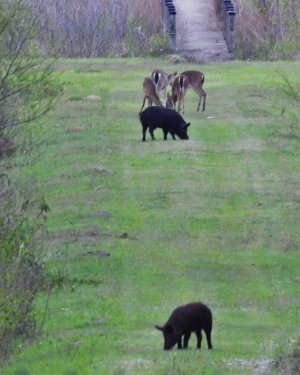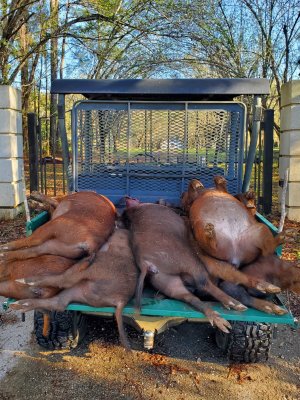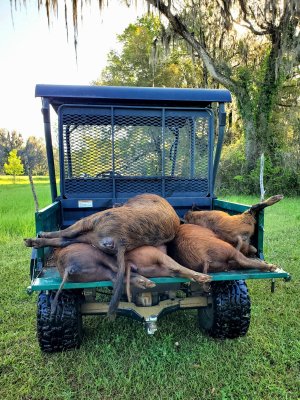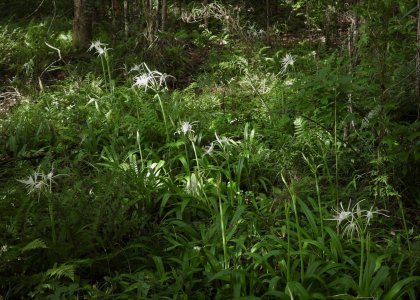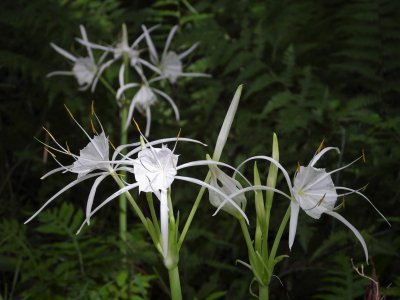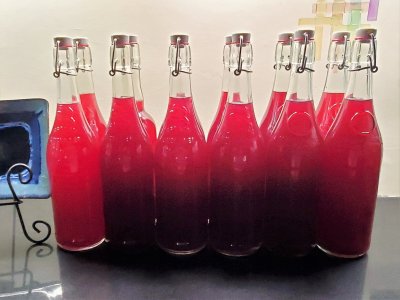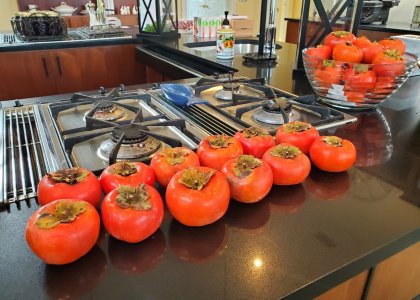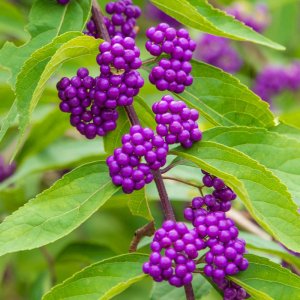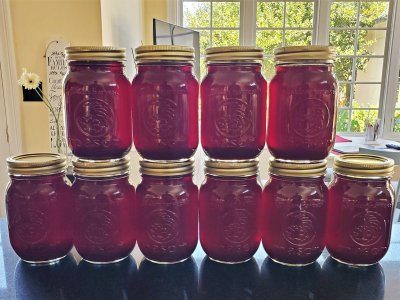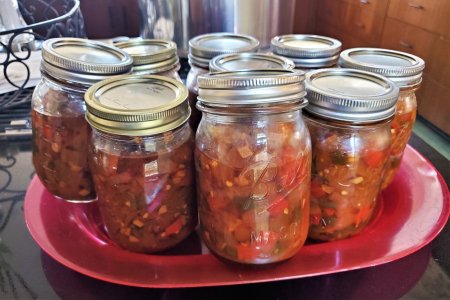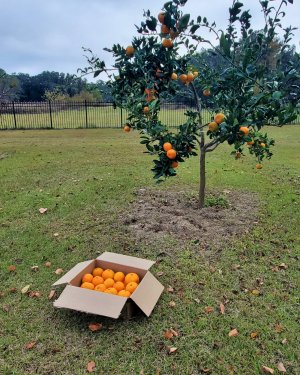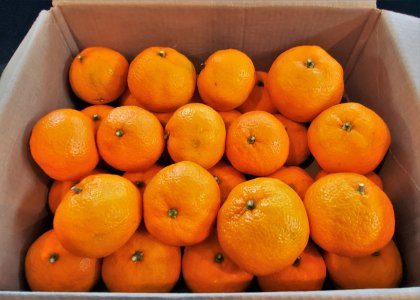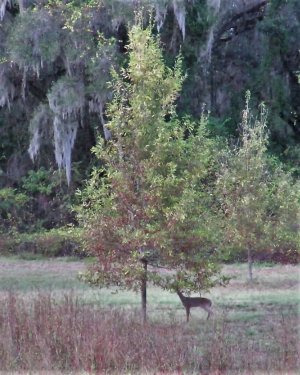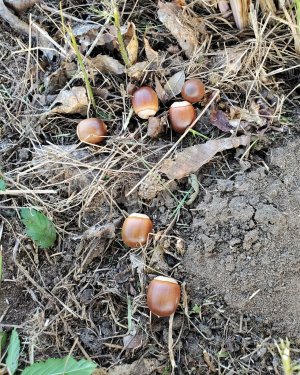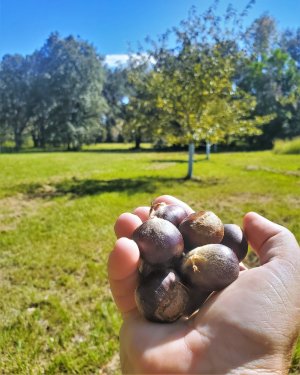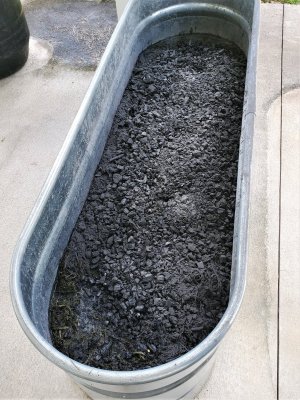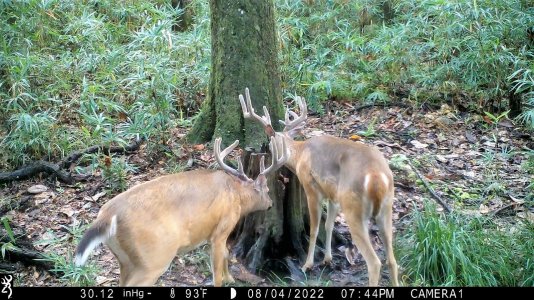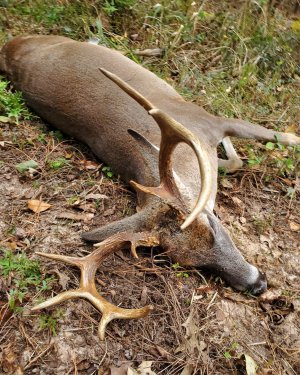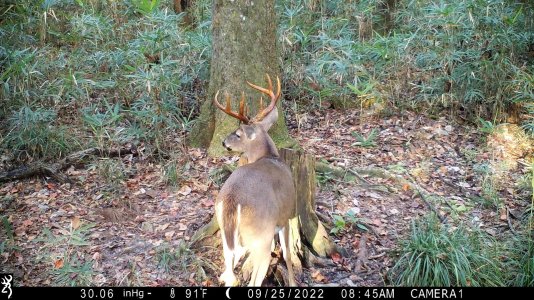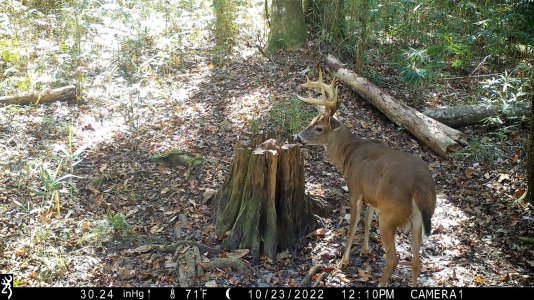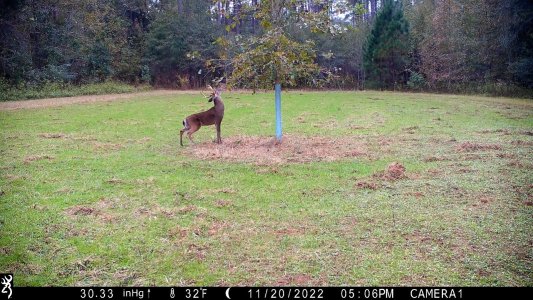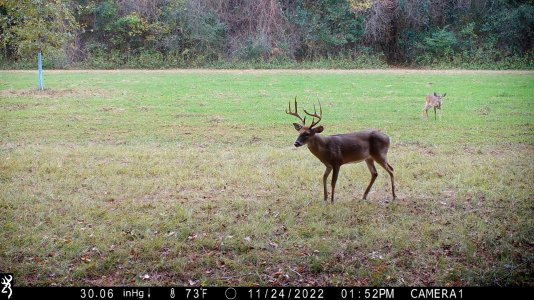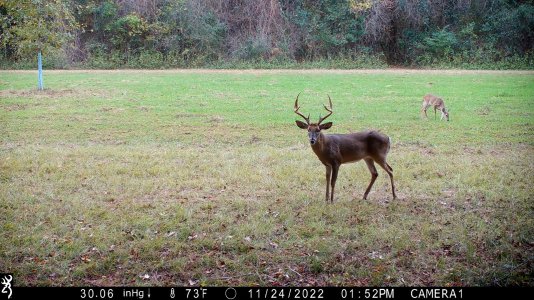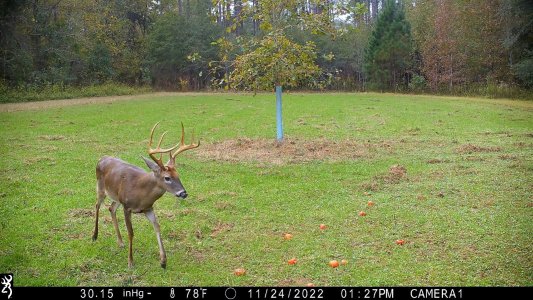bigbendmarine
5 year old buck +
Crimson clover is long gone now but was pretty while it lasted.


Believe I've said it before but I really like having a mix across my place here in North Florida. Crimson blooms and peaks relatively quickly, but just as it starts declining arrowleaf kicks in, and about the same time as the arrowleaf peaks ladino starts kicking in. Most of my arrowleaf has now dried up and gone to seed, but a small portion is STILL blooming at the start of July and most of the ladino is doing fine (though have few spots grass is starting to take over).


Believe I've said it before but I really like having a mix across my place here in North Florida. Crimson blooms and peaks relatively quickly, but just as it starts declining arrowleaf kicks in, and about the same time as the arrowleaf peaks ladino starts kicking in. Most of my arrowleaf has now dried up and gone to seed, but a small portion is STILL blooming at the start of July and most of the ladino is doing fine (though have few spots grass is starting to take over).







